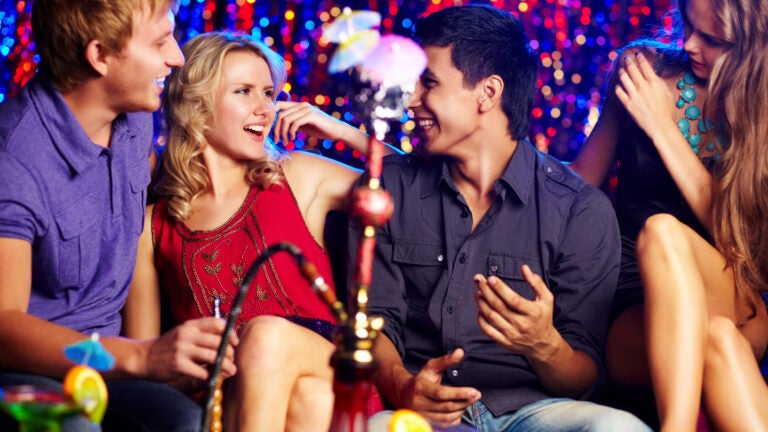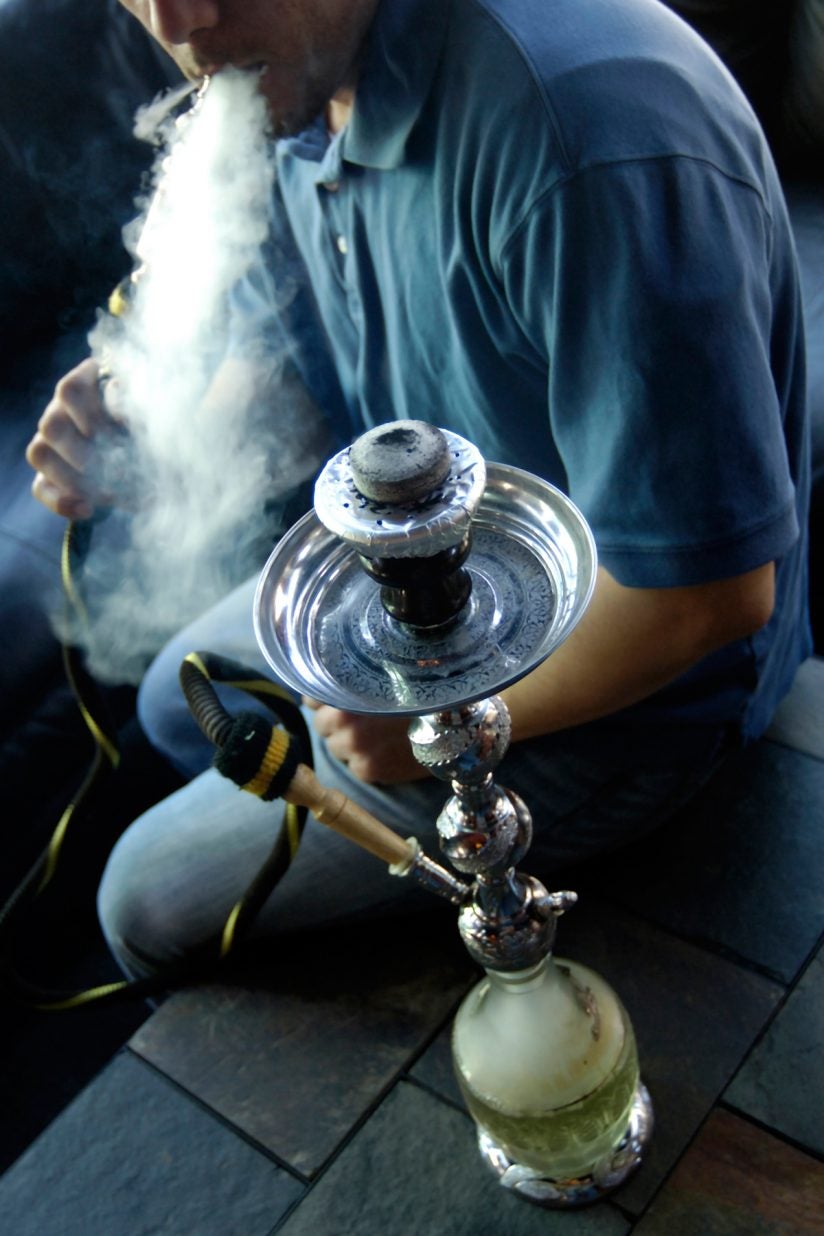
More than a third of the 5,000 studied Instagram posts were promotional material for hookah lounges, restaurants, bars and nightclubs.(Photo/iStock)
Instagram documents rising hookah use in social settings
USC study captures the social and environmental context in which people use, and are marketed, hookah-related products
Social media is giving researchers insight into the rising use of hookah, according to a study from USC.
Hookah, smoked through a water pipe and also known as shisha, has harmful health effects similar to cigarettes. But as cigarette use declined between 2005 and 2015 in the United States, hookah use increased.
Investigators from the Keck School of Medicine of USC analyzed Instagram to capture and document the social and environmental context in which individuals use, and are marketed, hookah-related products.
“By focusing on social media data, we can quickly discover emerging problems posed to public health, directly observing what the public is experiencing, doing and thinking almost in real-time,” said postdoctoral fellow Jon-Patrick Allem, who led the study with research scientist Kar-Hai Chu.
Hookah on social media

The study, published Jan. 11 in Nicotine & Tobacco Research, describes how the researchers analyzed posts on Instagram between Feb. 19 and May 19, 2016, by combining the hashtag #hookah with a geo-location inside the contiguous U.S.
Their analysis of more than 5,000 posts determined overarching themes within the images. More than a third were promotional material for hookah lounges, restaurants, bars and nightclubs, while a quarter depicted people lounging and using a hookah. Other themes included photos of a person blowing smoke or of stylized pipes.
Hookah promotion on social media was not surprising, said Jennifer Unger, co-author and USC professor of preventive medicine. However a third of the images showcased or referenced alcohol, suggesting nightlife entertainment regularly depicts, and promotes, using multiple substances — “a clear justification for a public health response.”
“Instagram’s focus on images facilitates picture-based advertising where hookah lounges promote drink specials at the same time nightclubs promote hookah specials,” Chu said. “Our findings could be of great importance to public health as tobacco use facilitates greater intake of alcohol and vice versa.”
A public health response
Researchers did not find promotional material discouraging hookah use in their data.
“Instagram users may see pictures of their friends and family enjoying themselves in social settings where hookah use is a focus,” said Tess Boley Cruz, co-author and assistant professor. “Given the potential diffusion of such images through social media, it will be important for tobacco control researchers to develop programs to combat the positive imagery, and potential normalization, of hookah use on Instagram.”
The study raises concern about particular U.S. tobacco control laws, which allow hookah to be used inside certain establishments.
“The removal of policy exceptions in the U.S. would likely prevent hookah use from being part of nightlife promotion and entertainment in the future,” Allem said.
The research was funded by the National Cancer Institute and the FDA Center for Tobacco Products (Grant #P50CA180905).



